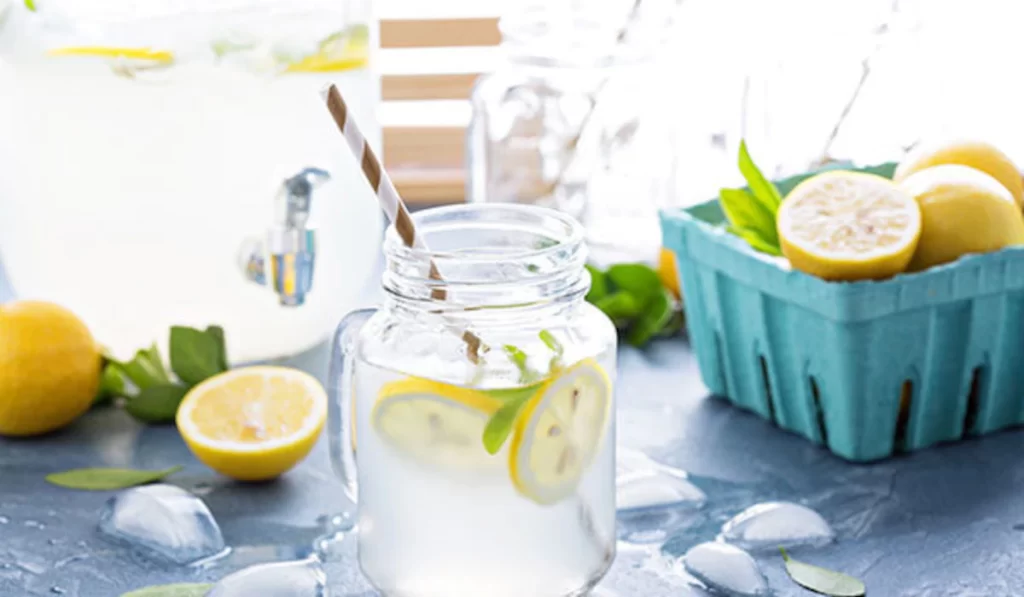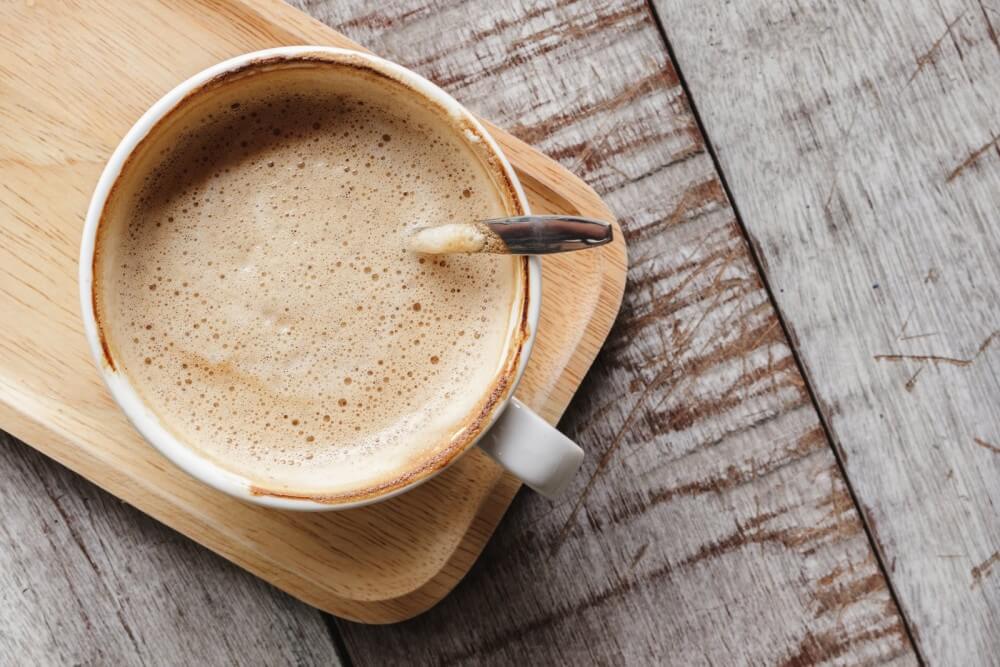Wine tasting involves experiencing a broad variety of flavors, aromas, and textures that fine wines have to offer. Whether you’re an aspiring sommelier or just looking to enhance your appreciation for wine, understanding the art of wine tasting is a valuable skill. Learning about wine tasting can allow you to experience it more fully. This guide will help you understand the basics of how to taste wine and more in-depth information about the nuances of different wine varieties. This should provide you with a deeper understanding of this pleasurable and sensory-rich experience.
The Visual Aspect of Wine Tasting
Wine tasting begins with a visual assessment. During your visit to a winery resort, hold your wine glass against a white background and observe its color and clarity. The color can provide insights into the wine’s age and varietal. For example, young white wines tend to be pale, while older red wines may have a deep red color. Swirl the wine gently in your glass to observe “legs” or “tears” that form on the sides. These can give you clues about the wine’s viscosity and alcohol content.
After visually examining the wine, bring it to your nose. Swirl the wine in your glass once more to release its aromatic compounds. Take a moment to inhale and identify the various scents. Different wines offer a wide range of aromas, from fruity and floral to earthy and spicy. This initial exploration sets the stage for the tasting experience to come.
The Art of Smelling Wine
Smelling wine is an integral part of the tasting process. When you bring the glass to your nose, take a series of short sniffs rather than one long one. This allows you to capture a spectrum of aromas. As you inhale, try to identify specific scents such as fruits, flowers, spices, or even earthy undertones. Swirling the wine in your glass before smelling it can enhance its aroma, as it increases the wine’s interaction with oxygen.
Remember that wine aromas are subjective, and different individuals may perceive them differently. It’s all part of the personal and unique experience of wine tasting. To enhance your olfactory skills, consider keeping a wine aroma wheel handy. These tools can help you pinpoint and describe the scents you encounter, making it easier to communicate your impressions of the wine to others.
Evaluating the Taste
Now, it’s time to taste the wine. Take a small sip and let it coat your entire palate. Pay attention to the wine’s structure, which includes elements like acidity, sweetness, tannins (in red wines), and body. Acidity provides freshness and liveliness, while sweetness can range from bone dry to dessert sweet. Tannins contribute to how the wine feels in your mouth and can range from soft and smooth to grippy and astringent.
Consider the balance of these components. A well-balanced wine should have harmony among its flavors and structural elements. As you continue sipping, you’ll also notice the wine’s flavor profile. Try to identify specific tastes like fruits, herbs, spices, or oak notes. The wine’s finish, or aftertaste, is another essential aspect to evaluate. A long and lingering finish is often a sign of a high-quality wine.
Understanding Different Wine Types
Each wine varietal offers a unique tasting experience. Red wines like Cabernet Sauvignon, Merlot, and Pinot Noir have distinct flavor profiles. For instance, Cabernet Sauvignon is known for its dark fruit flavors and firm tannins, while Pinot Noir tends to be lighter with red fruit and floral notes. White wines such as Chardonnay, Sauvignon Blanc, and Riesling also exhibit a wide range of flavors, from crisp and citrusy to rich and buttery.
To enhance your wine-tasting skills, explore various wine varieties. Attend wine tastings, or purchase different bottles to sample at home. Consider touring different wineries to experience a wide range of options. As you compare and contrast these wines, you’ll develop a deeper appreciation for the diversity of flavors that the world of wine has to offer.
Pairing Wine with Food
Wine tasting isn’t just about the wine itself. It’s also about the joy of pairing wine with food. Certain wines complement specific dishes wonderfully. For example, a full-bodied red like Syrah pairs beautifully with grilled meats, while a crisp Sauvignon Blanc complements seafood dishes. When pairing wine and food, consider the wine’s acidity, sweetness, and flavor profile, and match it with complementary or contrasting flavors in your meal.
Bottom Line
Experiment with food and wine pairings to discover your preferences. The right pairing can elevate both the food and the wine, creating a memorable dining experience. Keep in mind that personal taste plays a significant role. Don’t hesitate to explore and find pairings that delight your palate.
Wine tasting is an enriching and pleasurable journey that engages all your senses. By understanding the visual, olfactory, and gustatory aspects of wine, you can embark on a fascinating exploration of flavors, aromas, and textures. Whether you’re sipping a robust red or a delicate white, the art of wine tasting allows you to connect with the rich and diverse world of wines. As you continue to refine your wine-tasting skills and explore different varieties, you’ll develop a deeper appreciation for this timeless and ever-evolving beverage.

